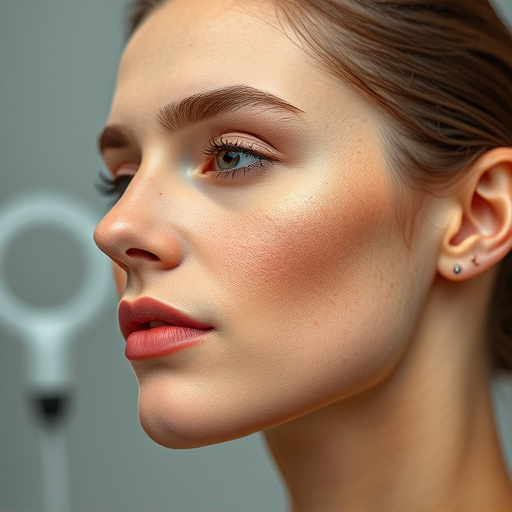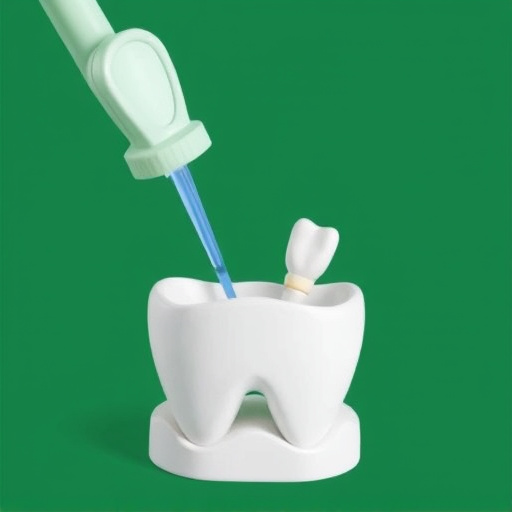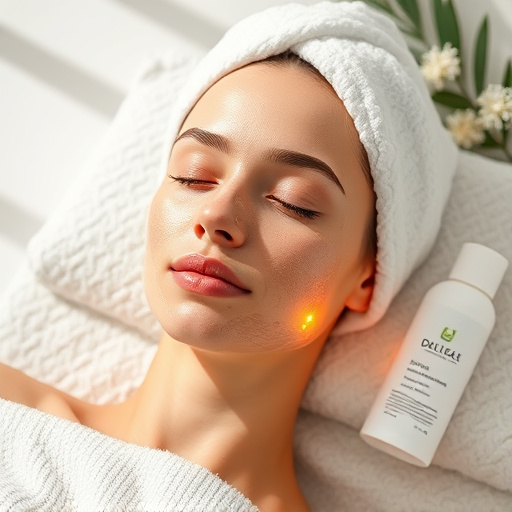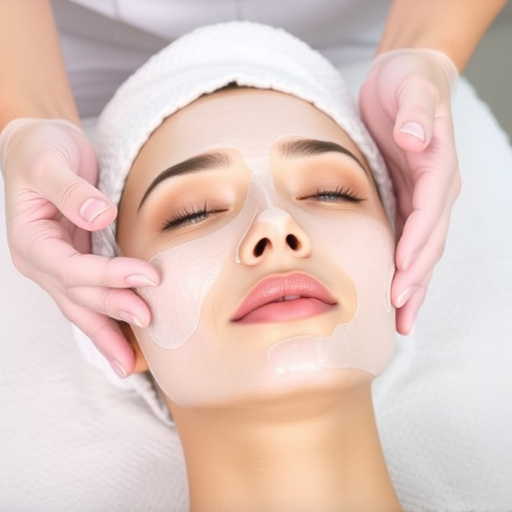Excess oil on the skin, or sebum overproduction, common in combination or oily skin types, causes hydration imbalances and visible shine, contributing to acne and clogged pores. Mattifying facial treatments offer tailored solutions for managing excess oil, refining pores, and improving skin health, resulting in a more balanced complexion. Techniques like microneedling and ingredients like zinc oxide or salicylic acid are key components of these effective treatments. Incorporating a mattifying facial treatment into your skincare routine combats excess oil, maintains balance, and enhances overall skin health.
“Uncover the secret to achieving a balanced and radiant complexion with our guide to mattifying facial treatments. Excess oil, beyond being a common concern, can lead to clogged pores and skin issues. Discover how these targeted treatments act as a game-changer in controlling oil production, offering a solution for those seeking a matte, smooth finish.
From understanding the cause of excess oil to a simple step-by-step routine, this article will equip you with the knowledge to incorporate mattifying treatments into your skincare regimen effectively.”
- Understanding Excess Oil and Its Impact on Skin
- The Role of Mattifying Facial Treatments in Controlling Oil Production
- Step-by-Step Guide to Incorporating a Mattifying Facial Treatment into Your Skincare Routine
Understanding Excess Oil and Its Impact on Skin

Understanding Excess Oil and Its Impact on Skin
Excess oil on the skin, often referred to as sebum overproduction, is a common concern for many individuals, especially those with combination or oily skin types. Sebum, produced by the skin’s sebaceous glands, serves as a natural moisturizer and protects the skin from environmental factors. However, when these glands become overactive, they can lead to an imbalance in skin hydration. This results in excess oil, often visible as shiny patches on the face, especially in areas like the T-zone (forehead, nose, and chin).
Uncontrolled sebum production not only causes aesthetic issues but also contributes to skin problems like acne and clogged pores. Mattifying facial treatments have emerged as an effective solution for managing excess oil, offering a tailored approach to pore refinement and overall skin health improvement. These treatments aim to balance the skin’s natural oils while providing a mattifying effect that lasts, ensuring a more balanced and healthy complexion.
The Role of Mattifying Facial Treatments in Controlling Oil Production

Mattifying facial treatments play a pivotal role in controlling oil production on the skin’s surface. These specialized routines are designed to balance the skin’s natural oils, preventing excessive sebum secretion that often leads to shiny, oily complexions. By focusing on deep cleansing and mattifying agents, these treatments help to normalize oil levels, leaving the skin feeling refreshed and looking matte throughout the day.
One effective technique within the realm of mattifying facial treatment is microneedling therapy. This involves creating tiny pricks in the skin using fine needles to stimulate collagen production and improve skin texture. Additionally, personalized skincare routines are tailored to an individual’s unique needs, addressing specific concerns like acne or enlarged pores that contribute to excess oil. Incorporating ingredients known for their mattifying properties, such as zinc oxide or salicylic acid, can further enhance the effectiveness of these treatments, contributing to a more balanced and controlled skin appearance.
Step-by-Step Guide to Incorporating a Mattifying Facial Treatment into Your Skincare Routine

Incorporating a mattifying facial treatment into your skincare routine is an effective way to combat excess oil and achieve a balanced complexion. Start by cleansing your face with a gentle cleanser to remove any dirt or makeup. Once your skin is thoroughly rinsed, pat it dry with a soft towel, leaving it slightly damp. Next, apply a thin layer of the mattifying treatment evenly across your face, focusing on areas prone to oiliness like the T-zone. These treatments often contain ingredients such as silicones or clay that help absorb excess sebum and create a smooth, matte finish.
For enhanced results, consider combining this step with other procedures like chemical peels or pore refinement techniques. Chemical peels can exfoliate dead skin cells, unclog pores, and improve overall texture while pore refinement treatments focus on minimizing the appearance of large pores, leading to a more refined and mattified finish. After applying the treatment, allow it to dry completely before moving on to your moisturizer and sunscreen, ensuring optimal absorption and effectiveness in reducing shine throughout the day.
Mattifying facial treatments have proven to be an effective solution for reducing excess oil on the skin, helping to maintain a balanced and healthy complexion. By understanding the impact of oil on the skin and incorporating these treatments into your skincare routine, you can achieve a matte, radiant finish that lasts throughout the day. This simple step can make a significant difference in how your skin appears and feels, providing a clear alternative for those seeking to control oily skin without harsh methods.














